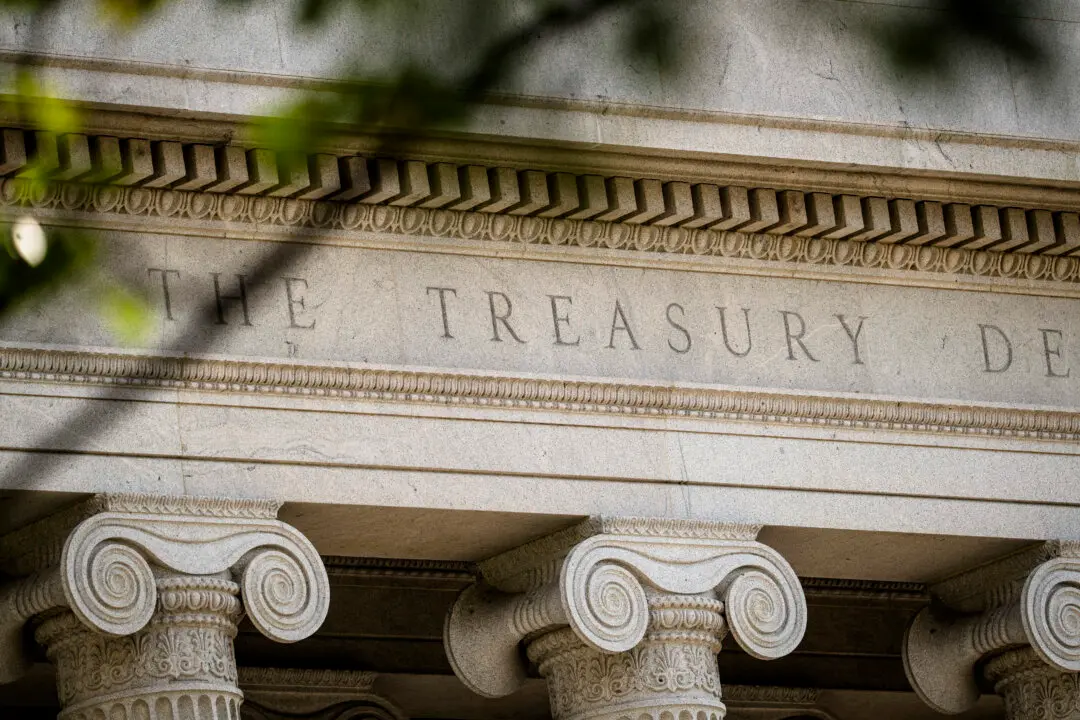Commentary
Numbers recently released indicate that the Consumer Price Index (CPI), the most commonly used indicator of inflationary pressures, fell to a one-year annualized rate of 4.9 percent in the United States. The Biden administration heralded this as a major triumph as Twitter shills sang the praises of the Democrats’ economic stewardship. (In Canada, the government said the CPI fell to 4.4 percent.)
The U.S. figure is a significant drop from June 2022 when the CPI peaked at 9.1 percent. Critics pointed out that price increases of 4–5 percent are still unacceptably high and we are unlikely to return to the 1–2 percent range. A subgroup of inflation pessimists vocally assert that the CPI chronically underestimates general price increases and that this is a deliberate deception on the part of our political leaders.
Those who believe inflation is being manipulated use the argument that if the methodology used in the 1970s and 1980s was used over the last decade or two, inflation would be dramatically higher. They may have the direction right but the magnitude some are claiming is preposterous. I was around back then. The methodology was changed because the older measures overstated inflation. If we used the true old methods the cynics suggest, then real incomes would be dramatically lower than now. No sane analyst would suggest that Americans saw their incomes drop by 50 percent since the Reagan era.However, the CPI is only a statistical estimate and must make assumptions about the weight of a basket of goods and services. Apart from the obvious estimation errors, consumers substitute goods and services dependent on various factor. Also, products like televisions, computers, and others decline in price while increasing in value. Therefore the effect on inflation is hard to estimate.





